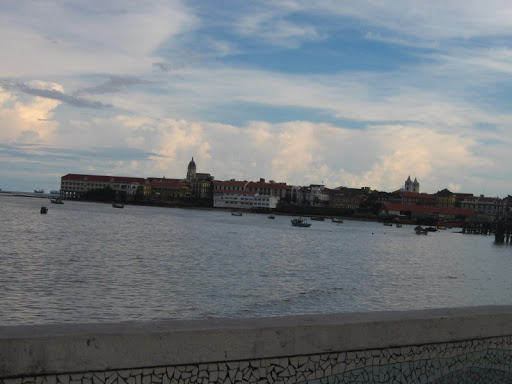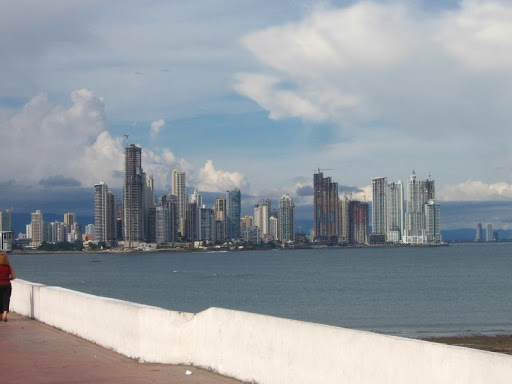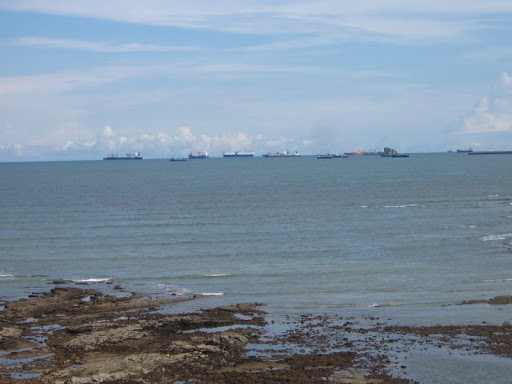Casco Viejo
On August 15, 1519, Panama City was formally established. It was built on the location of an Indian village on the shores of the Pacific. The city survived several disastrous fires, but finally was destroyed by pirates led by Sir Henry Morgan (know the 'Captain Morgan' rum?) in 1671.
Founded in 1673, Casco Viejo is the second Panama City, built after the famous pirate attacked and destroyed the first city center, Panama La Vieja, forcing its inhabitants to move to a new location 2 kilometers west-southeast of the original city.
Nowadays Casco Viejo is the most colorful part of Panama City. UNESCO declared it a World Heritage Site in 1997. It’s a city within the city, and one from a different age. Romantic, bohemian and cozy. Its also the main tourist destination in the city. Even the presidential palace is here.
The architecture is a combination of ruins from the days of Spanish Explorers and Pirates, and French Colonial from the first attempt made on the Panama Canal by the French. To walk through Casco Viejo is definitely to walk through history. Buildings sitting side by side can be over three hundred years apart in age. Balconies are filled with flowers wrapped around sculpted wrought iron crafted in another century, The streets are brick, and no matter which way they run, they run to the sea, because Casco Viejo is surrounded by sea.
Casco Viejo is not your typical touristic old town. Its a place with its own vibe. You see newly renovated expensive boutique hotels next to houses about to fall down inhabited by squatters. The district is extremely diverse, a mix between rich and poor, beauty and decay.
Since the 1920s however, Casco Viejo has gradually become to all intents and purposes, a semi-elegant slum. The inner city syndrome gripped the area. Maintenance and development stagnated and it was basically forgotten, except by those tourists wishing to see some of the historical landmarks that are interspersed throughout. Squatters took control of the buildings as landlords left due to rental control disputes. This means there are very many houses until this day that are in a very poor condition and inhabited by very poor people - and many of them. Most have lived there for very many years and consider it as their home, even though their legal status is questionable.
As one walks the streets of today’s Casco Viejo, it becomes obvious that things are changing. One building is being renovated after another. The long-awaited revamp of Casco Viejo is happening. It already has the fanciest nightclubs, cool cafes and trendy sidewalk restaurants all over the place.
Why am I writing about this place? Because we're moving here. Yup, we're gonna live in the prettiest part of town in the middle of this rich history, beauty and diversity. Soon more about our house.
Pictures:
 View from the Casco Viejo itself (yes, its on the coast). The bridge on the right is Bridge of Americas - the bridge connecting North and South America
View from the Casco Viejo itself (yes, its on the coast). The bridge on the right is Bridge of Americas - the bridge connecting North and South America














2 comments:
Its so weird to look at all those places via your blog! feels like home, as if it was just yesterday i was walking on those very same streets. reading your blog, million pictures, scenes and clips run through my mind. i'm really happy you get to experience Panama and learn Spanish :)
maris
Arco Properties is a real estate brokerage that has focused exclusively on commercial and residential property in Casco Viejo since 2004. We are proud to be a part of the eclectic international community working to rejuvenate this UNESCO World Heritage Site, and we welcome you to join us.
Post a Comment